1971 Alpine A310
The center headlights of the first-series Alpine 310 were a part of a bank of six lights that covered the front of the vehicle. Though its four-cylinder, rear-mounted engine only produced 125 horsepower, it was criticized for having a subpar lighting performance; starting in 1973, fuel injection replaced carburetors, although this did not much enhance the vehicle's performance. The steel backbone chassis supported the glass fiber body of the 1976 A310, which was redesigned with a more powerful V6 engine. Unfortunately, its central spotlights had disappeared.
1952 Abarth 1500 Biposto
Carlo Abarth gave Bertone's designer Franco Scaglione some creative freedom to create the unique 1500 Biposto coupé, which was revealed at the 1952 Turin car show. The purpose of the Biposto's angular, aerodynamic form, which had a radically expanded central spotlight, is unknown, but American automaker Packard was so taken with the idea that it bought the prototype and used it as inspiration for its own design team. A year later, the four-cylinder, 1.5-liter Fiat engine-powered Biposto was sold to a US writer, who used it sporadically for the following twenty years.
1980 Aston Martin Bulldog
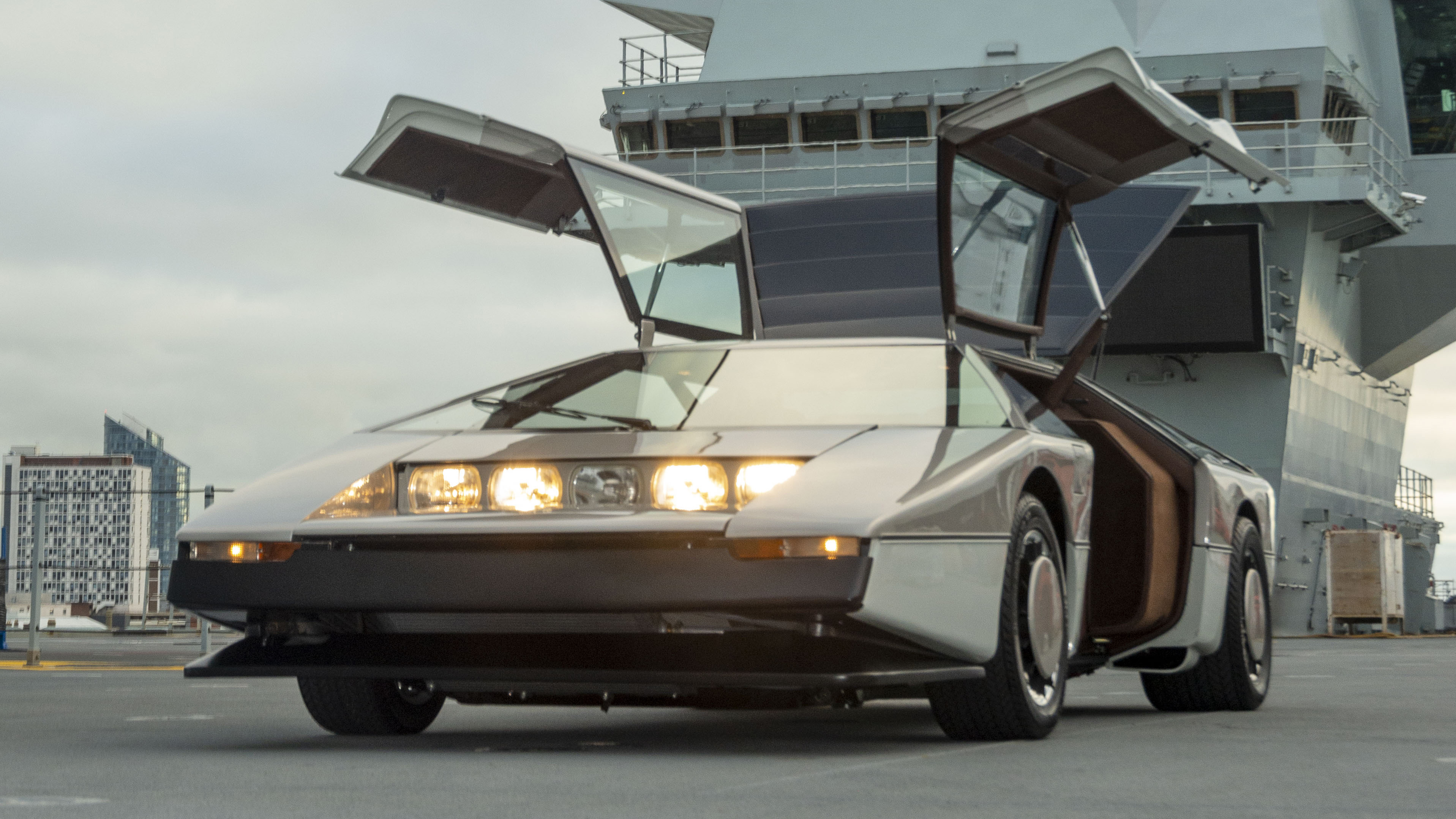
The headline on Autocar's April 1980 cover read, "BULLDOG." It's British and could be the quickest road automobile ever made. A sliding panel halfway up the nose of the Aston Martin Bulldog concealed a bank of five front lights, three main and two dipped beams, that were only visible when necessary. This was one of the aerodynamic weapons that allowed the car to reach 200 mph. Naturally, the 5.3-liter, twin-turbocharged V8 engine's 600bhp contributed to the very stylish Bulldog's pursuit of the double-ton. Even though it was limited to reaching a peak speed of 191 mph in the past, it did eventually surpass 200 mph in 2023.
1949 Austin A90 Atlantic
The Austin A90 Atlantic was developed with the intention of openly targeting North American sales with its name and design, in response to the post-war British government's "export or die" directive. The primary feature of the Atlantic was really its unique center light put into its front air intake. It was first offered as a four-seat convertible and later as a two-door coupé. Other notable features were the convertible's hydraulically controlled hood and motorized windows.
1937 BMW 328 Stromlinien Coupé
German coachbuilder Wendler received a commission in 1937 to create a prototype body using Austrian engineer Paul Jaray's aerodynamic theories. The Stromlinien Coupé, named for Jaray's Karossserie, a company that specialized in streamlined automobile designs in the 1920s and 1930s, was constructed on a BMW 328 chassis and had a center headlight that complemented the outer two lights, as well as unique radiator cutouts on the nose. With an impressive drag coefficient of 0.38Cd, the body helped the coupé reach its maximum speed of 108 mph.
1955 Bristol 405
Bristol's only four-door vehicle, the 405 was both somewhat quirky and a benchmark for customized craftsmanship, with its center headlamp set into an aviation-style front grille. The 405 was introduced in 1955 and came with a 2-liter straight-six engine. A bigger 2.2-liter engine was only fitted to the very last 1958 automobiles. It was also offered as a four-seat, two-door drophead coupé. The 405 was a driver's vehicle first and foremost; all but the base versions had front disc brakes, which were optional at the time and came with rack-and-pinion steering.
2018 Electra Meccanica Solo
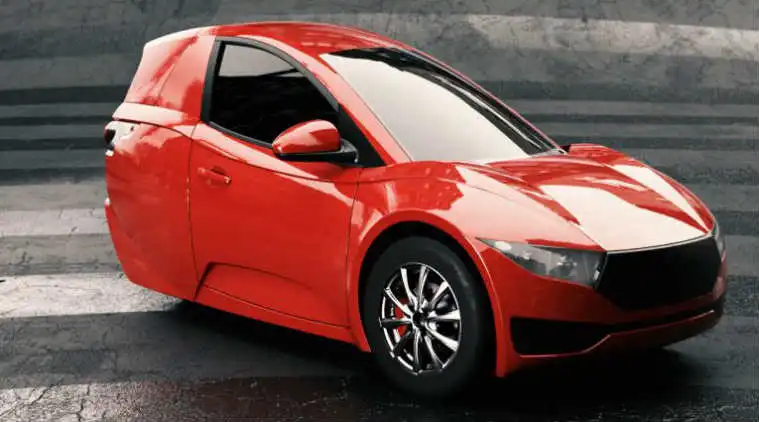
Drawing inspiration from the now-defunct Myers Motors NmG, ElectraMeccanica created the three-wheeled, battery-electric SOLO microcar, which was intended solely for the driver's use. Its two-wheeled front end, which has headlights mounted in the traditional location and a transparent pod with three auxiliary lights in the middle of the bonnet, tapered rearward to a compact 285-liter boot atop a single, powered rear tire. ElectraMeccanica stopped producing the SOLO after five years of restricted manufacturing, which included a promising teaser for the European market introduction at the 2022 Festival of Speed at Goodwood.
Read Also: Driving Your Cadillac CT5-V Blackwing 2025
1970 Lancia Stratos Zero
At the 1970 Turin exhibition, Lancia debuted the Stratos Zero, a miniature version of the roadgoing Stratos production car and eventual World Rally champion, measuring just 84cm (33in) in height. Working for Bertone, designer Marcello Gandini produced a work of art: the Zero. Fronting the car's striking trapezoidal form is a bank of ten jewel-like lights that span the whole width of the strip-grille. The Zero was packed with technology, including a digital instrument panel that was uncommon at the time and a retractable steering wheel that made it easier to enter and exit the vehicle. Its engine and chassis were from the modest Fulvia 1600HF.
1951 Maserati A6G/2000 Spider
However, in an attempt to crush sales of the old 1500 model, the firm unveiled a new Spider body designed by Frua at the 1950 Turin show without disclosing the engine's bigger 2-liter capacity.Maserati ultimately only constructed 16 A6G/2000 vehicles, which were outfitted with Pinin Farina, Vignale, and Frua bodywork. However, central headlamps integrated into grilles were only present in the first three Spiders manufactured by Frua. With its single overhead cam straight-six engine, the A6G/2000 could reach a peak speed of 115 mph.

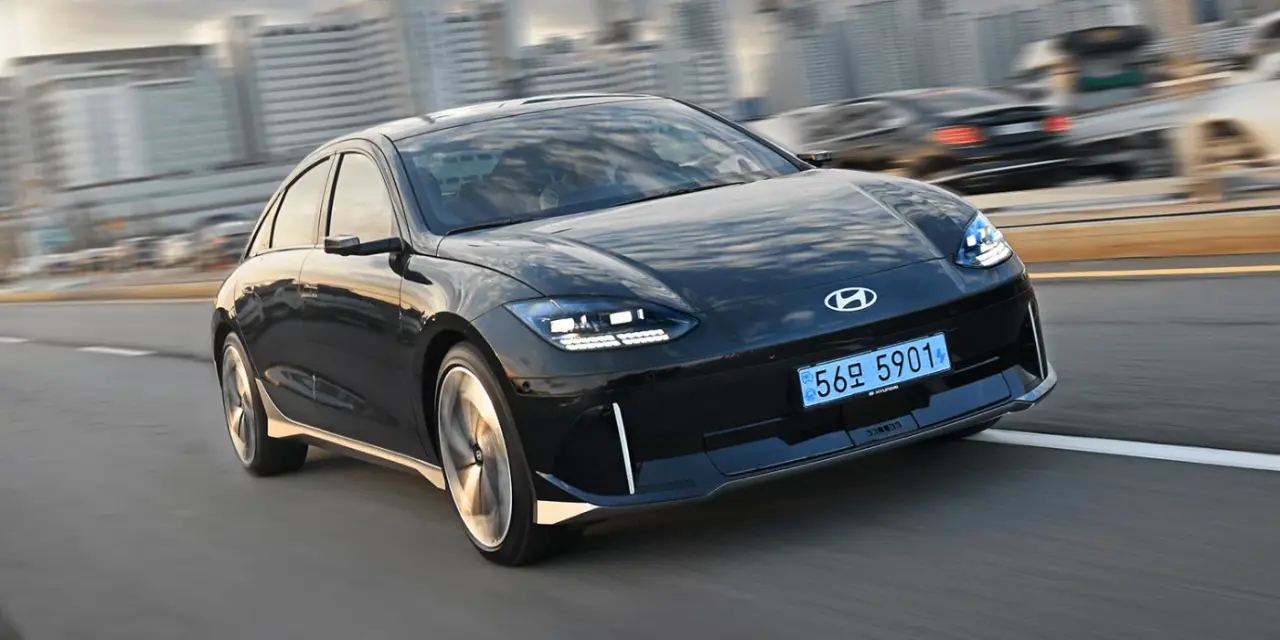
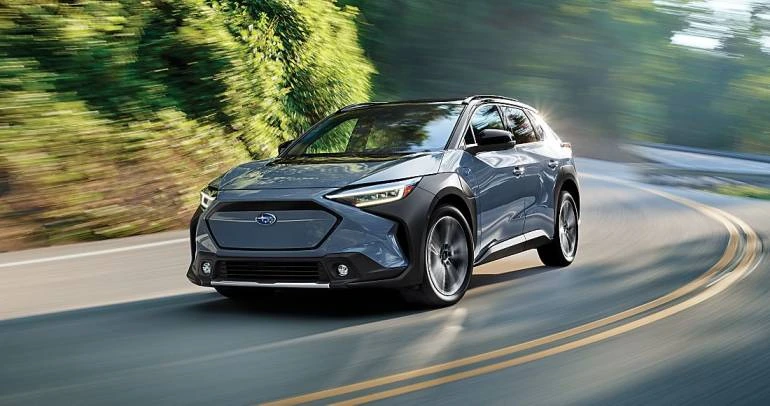
.webp)
.jpg)
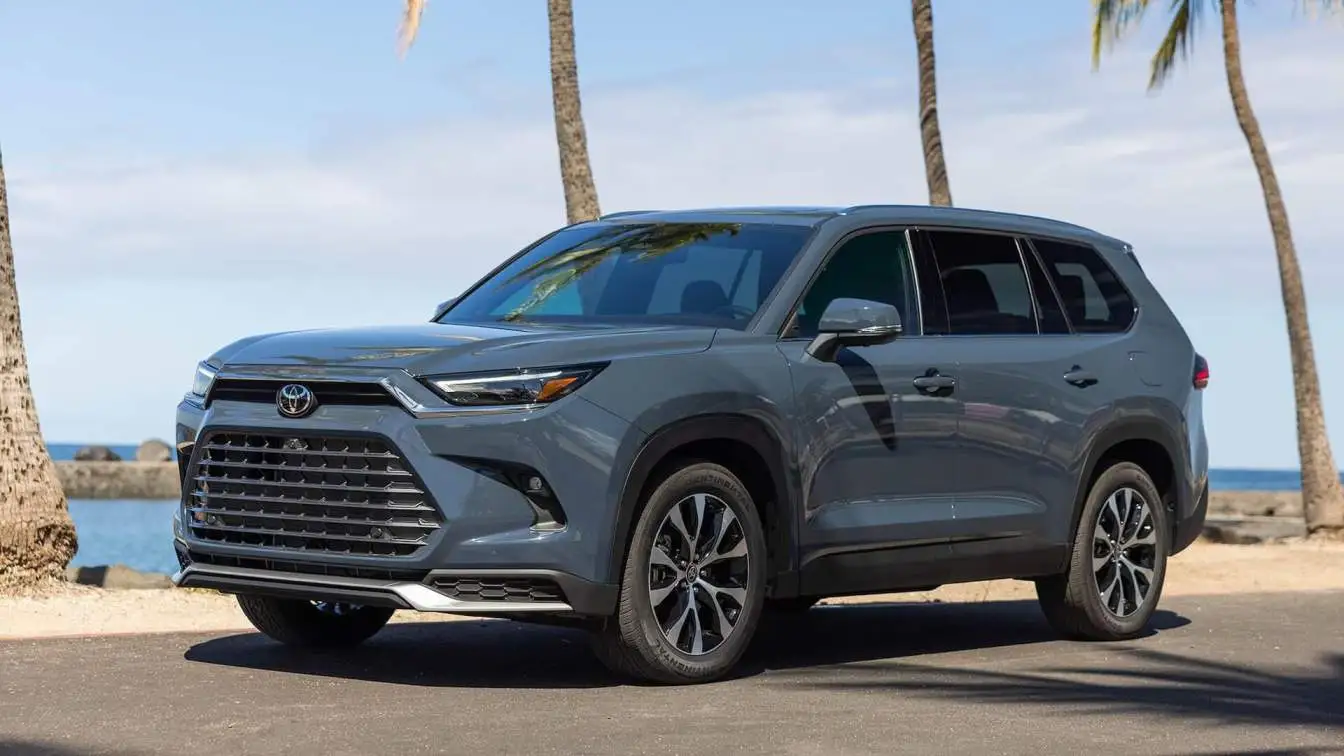
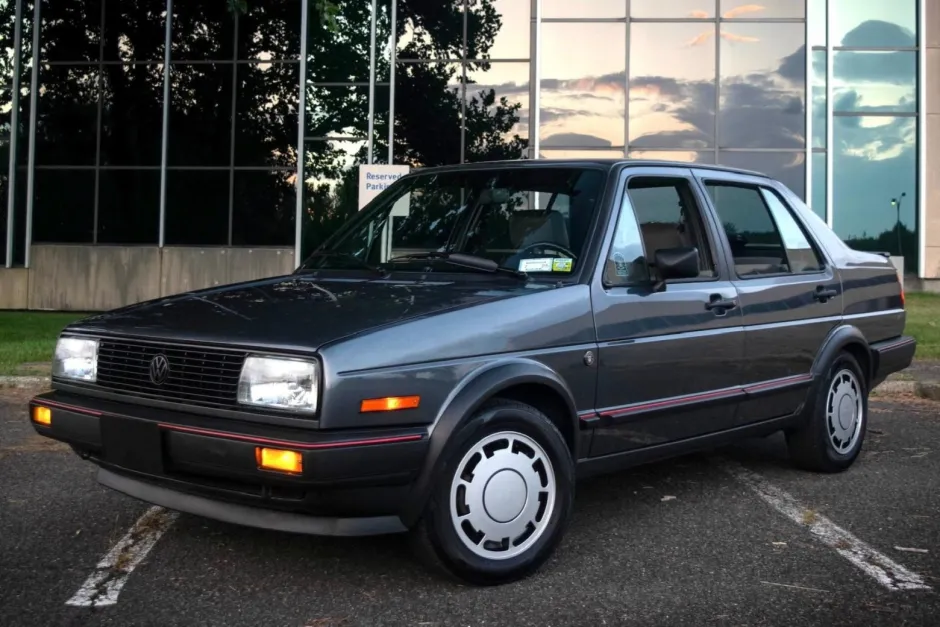
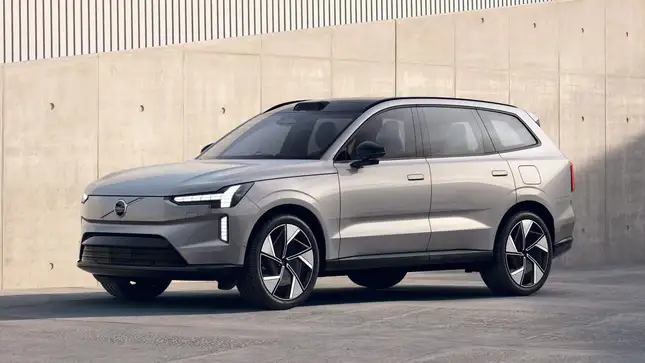
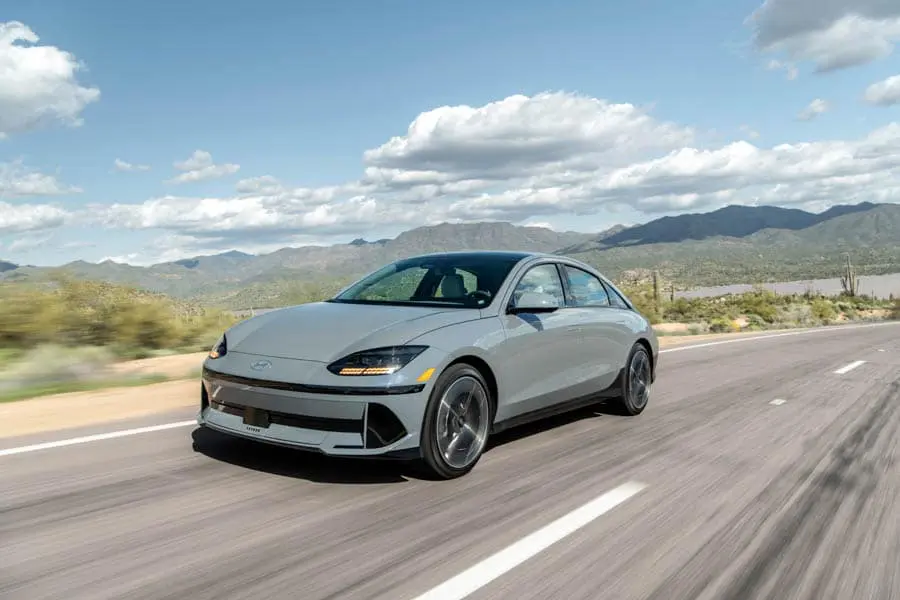
.webp)
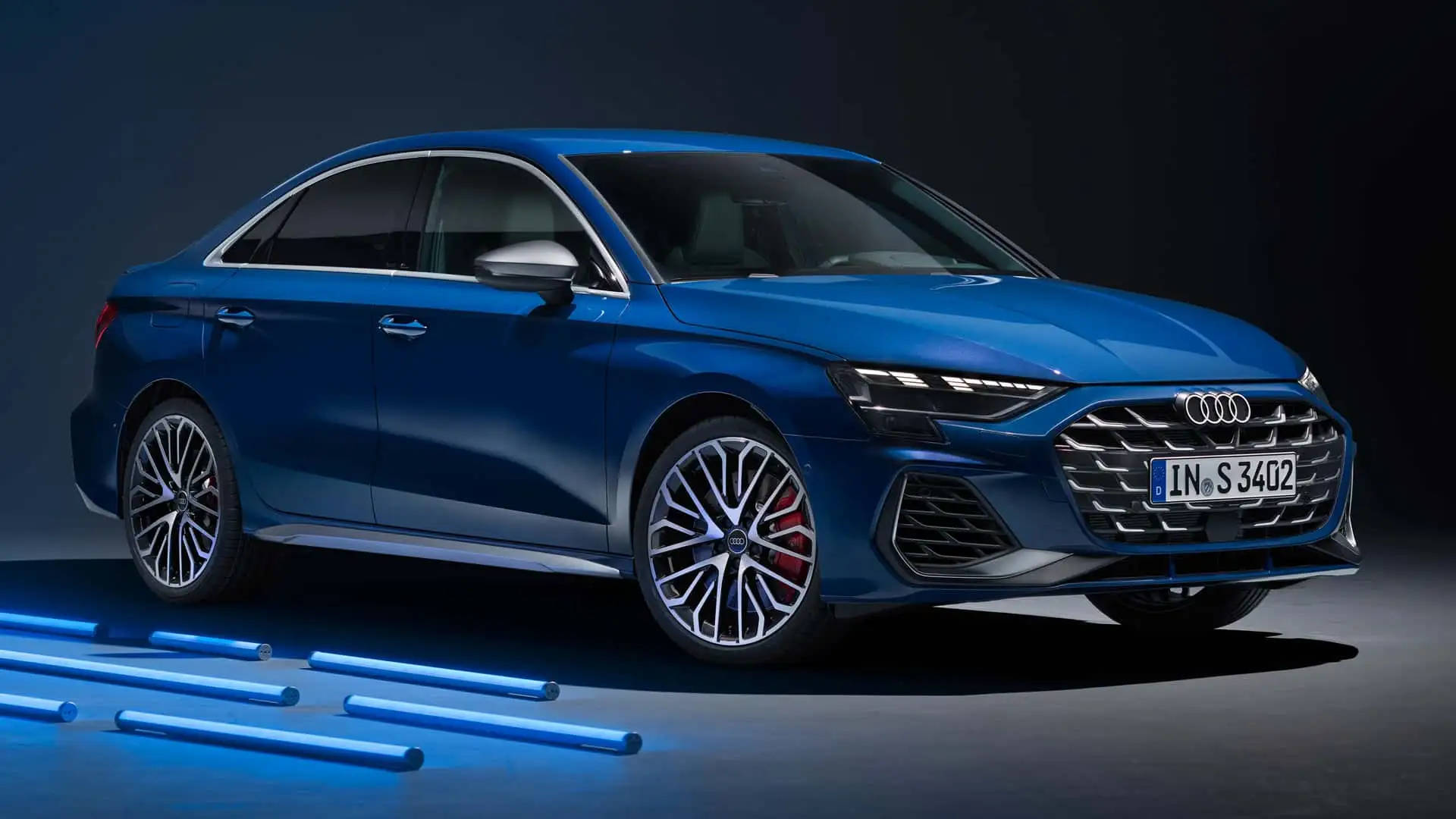
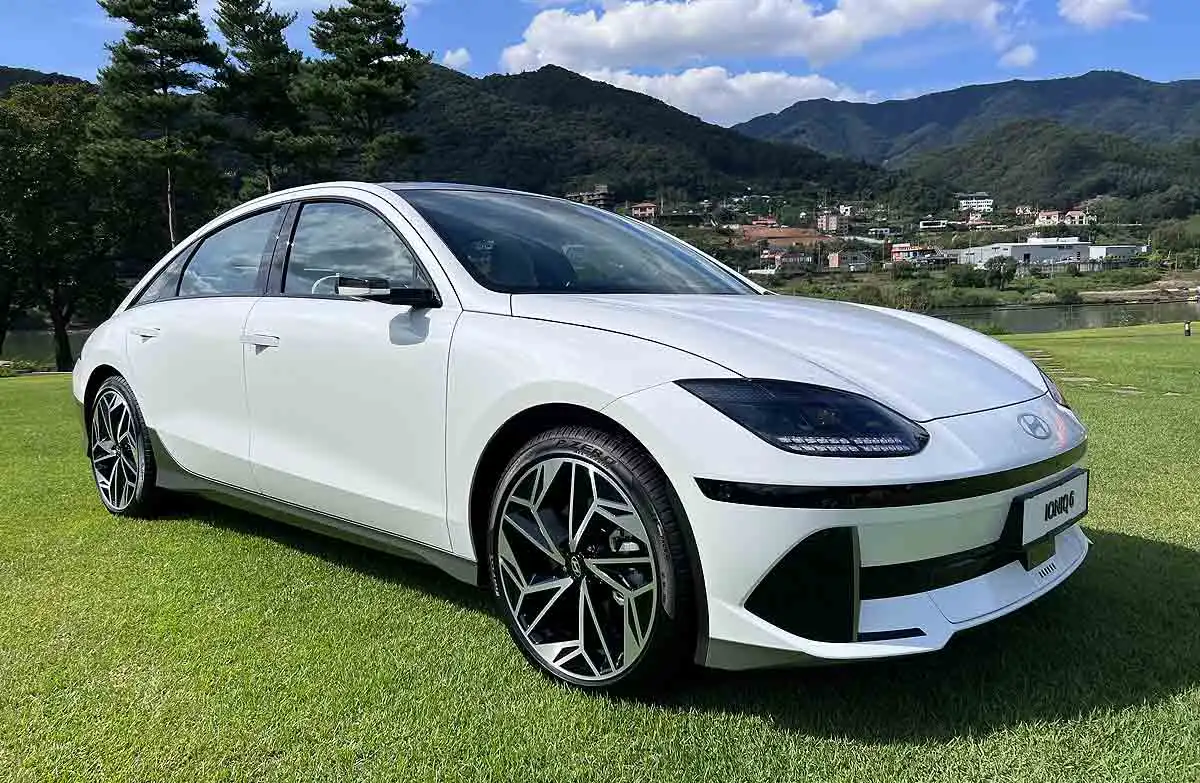
.webp)